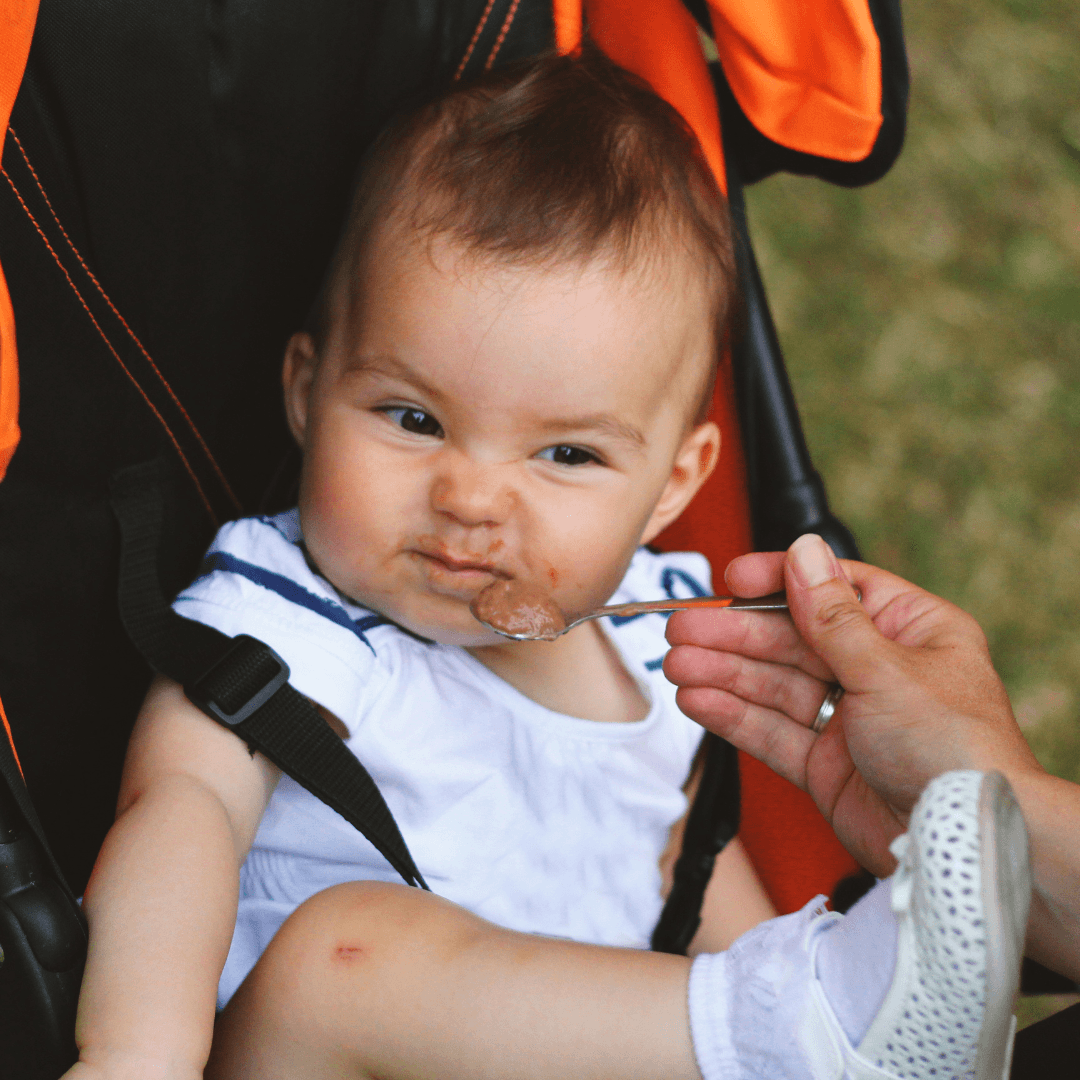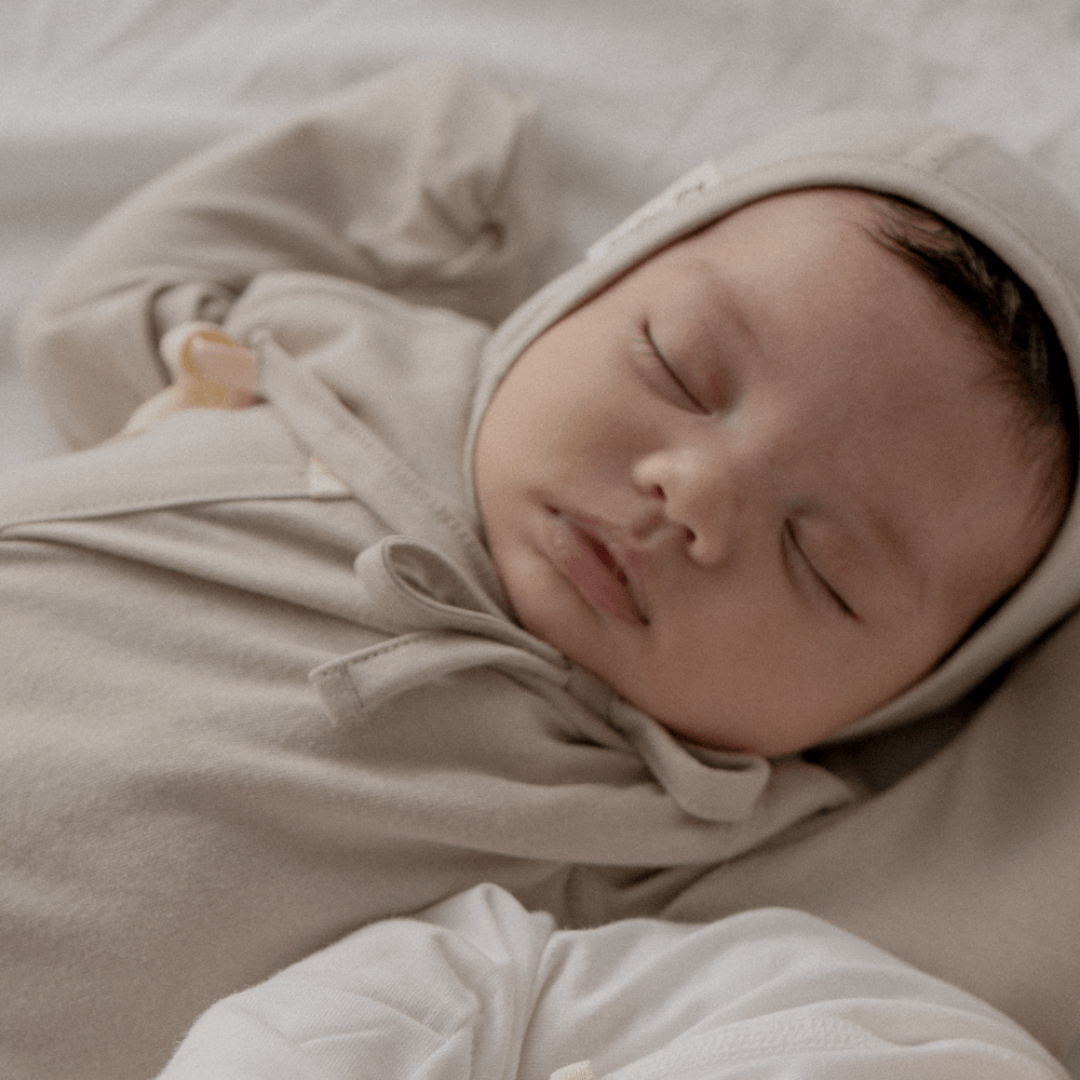If you want to build a secure attachment relationship with your baby, what should you do? Today, we have collected some tips for achieving the stage of secure attachment with children.
What is secure attachment?

About 65% of children have a secure attachment with their caregivers. Characters of this type are active, played with a lot, and enjoy exploring their surroundings. They tend to be easily separated from their caregivers, and they maintain a close relationship when playing with them. When separated from the caregiver, of course, they might shed tears of sorrow, but when they meet again, they actively receive comfort from the caregiver and quickly regain stability.
What if you want the attachment between you and your baby to be strong?
1. Do not change primary caregivers frequently.
Changing primary caregivers as a child develops an attachment relationship creates confusion. Children usually form a primary attachment and then create a second and third attachment, depending on how present each person is in their life.
The primary caregiver does not have to be the parent. If you have someone who has built a secure relationship with your child, such as a babysitter or a grandparent who takes care of your child, help them spend more time with that person.
Tip: Respect the primary caregiver. If a grandparent raises a child, the child will naturally see their grandparents as their primary caretakers. It is better to approach this unemotionally.
2. It's okay for your child to cry.
Crying when being apart from their primary caregiver is an instinct for any child, even if they are securely attached. You just need to check how quickly the child regains stability when their guardian comes back. Do you see your child crying when they are enrolled in an early childhood education institution or are left with their secondary caregiver or a nanny? It's okay!

Check how warmly your child welcomes their primary caregiver when they see them again. If you show anxiety when leaving your child or returning while they are crying, your child will also become anxious at the same time as they pick up on your emotions.
3. Responds sensitively and accurately to the needs of your child.
You need to provide an accurate response to your child's needs. Feeding a sleepy child or playing a game with a tired child would be meaningless. To understand what your child is asking for, it is necessary to spend time with your child and notice what they are doing.
Continue to pay attention to your child. Being together for 24 hours a day doesn’t mean you’ll understand a child if you aren’t looking carefully at their behaviours. Find out what your child likes, what they are more interested in, and what they find more difficult.
4 . Create a warm atmosphere.
When a child makes a mistake, even a child who doesn't understand language understands their parent's reaction. If a child spills a glass of water and their mother’s face hardens in an instant and she sighs, the child is easily upset. Please create a warm atmosphere as much as possible.
Of course, sometimes, you can't help but react when your child makes a mistake. In this case, rather than expressing negative emotions in a place where the child can see you, show a collected and calm appearance in front of your child and let out your emotions in a private place such as the bathroom where they cannot see you. Or, if you get frustrated with your child despite your best efforts, take steps to apologise immediately so that they don’t feel anxious.

5. Give advance notice of a change in the situation.
Make it a habit to always tell your child ahead of time before any change occurs. From small everyday situations like before changing a diaper to bigger changes like moving house, let your child feel that they are a member of the family and are informed about what’s happening in the family’s daily life.
6. Make sure the parenting attitudes of you and your partner match.
A couple raises a child together, yet the mother approves of action A and the father rejects action A. In this situation, the child is bound to be confused. Discuss your parenting attitude as a couple, so you can develop wisdom on how to behave in the same way in certain situations.
---------------------------------------------------
Author: Lee Ji-hyun
- A Secondary School Level 2 Teacher Certificate
- As a real mother of a child, she ponders specific parenting tips between reality and theory. She has worked as an educational civic activist and freelance journalist.







